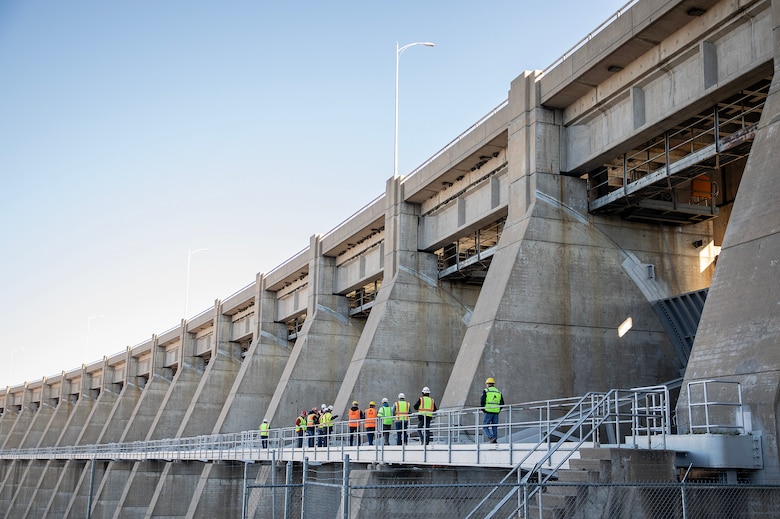In a significant development impacting South Dakota’s housing market, Fargo developer Jesse Craig is embroiled in a legal skirmish over housing projects situated in Watertown, South Dakota. Known for its expansive vistas and vibrant communities, South Dakota is now at the center of a legal and financial contest involving three ambitious housing projects: Parkside Place, Generations on 1st, and The Ruins. These projects, pivotal to Watertown’s urban landscape, reveal a deeper narrative about the complexities of real estate development in the American Midwest.

Jesse Craig
The narrative centers around Jesse Craig, who recently filed for Chapter 11 bankruptcy in federal court in North Dakota. This legal move is primarily aimed at reorganizing finances and debts to sustain business operations amidst a contentious legal battle with the bank that financed these projects. Craig, who serves as the managing member of these developments, faces a challenging scenario underscored by the intricate dynamics of business law and financial regulation.
Watertown, situated in the northeastern corner of South Dakota, is an exemplary representation of the state’s larger real estate dynamics. The city, with its compelling mix of historical heritage and modern aspirations, reflects South Dakota’s evolving urban profile. Housing projects such as Parkside Place, Generations on 1st, and The Ruins were envisioned to enhance this profile, offering new housing solutions that blend style with sustainability.
Craig’s bankruptcy filing and the resultant legal tussle bring to light the challenges faced by developers in balancing ambitious projects with financial viability. The legal proceedings have garnered considerable attention within South Dakota, with many residents keenly observing the impact on local housing markets. This case underscores the fragility of financial undertakings and the critical importance of strategic financial management within real estate ventures.
South Dakota’s real estate market, while smaller in scale compared to coastal states, plays a crucial role in the state’s economic infrastructure. The state’s combination of affordable living, business-friendly policies, and strategic location makes it attractive for developers and investors. However, the case involving Jesse Craig presents a cautionary tale about financial prudence and the potential pitfalls in real estate development.
The projects in question, highlighted by their modern architectural designs and strategic locations, are a testament to the high stakes involved in real estate development. Parkside Place was designed to offer a residential enclave amidst Watertown’s expanding urban landscape. Generations on 1st aimed at providing housing solutions catering to diverse generational needs, while The Ruins was slated to be a cultural landmark blending historical reverence with modernity.
The unfolding legal situation is more than just a financial conflict; it forms part of a broader conversation in South Dakota regarding sustainable development, economic resilience, and the future of urban planning. The state’s commitment to fostering robust real estate markets requires a delicate balance that integrates financial stability, regulatory compliance, and community engagement.
Jesse Craig’s legal quandary comes at a time when South Dakota is poised for transformative growth. With infrastructure improvements and economic diversification, the state offers unique opportunities for real estate development. However, the delicate interplay between aspiration and fiscal responsibility remains a central theme for stakeholders.
This legal saga, tracked closely by the South Dakota community and beyond, encapsulates the dynamic challenges of real estate development in a rapidly evolving economic landscape. It raises pivotal questions about the sustainability of growth models and the role of financial institutions in supporting or complicating developer efforts.
As this story continues to unfold, stakeholders across South Dakota remain engaged in discussions about the implications and lessons to be derived from Craig’s legal and financial strategies. The ongoing dialogue serves as a timely reminder of the importance of crafting resilient and adaptable business models that can withstand such pressures.
For more information, you can access the ongoing updates via various media channels including Facebook, Twitter, and Email. For readers interested in following the legal and financial dimensions of the case, these channels provide comprehensive insights and regular updates.
